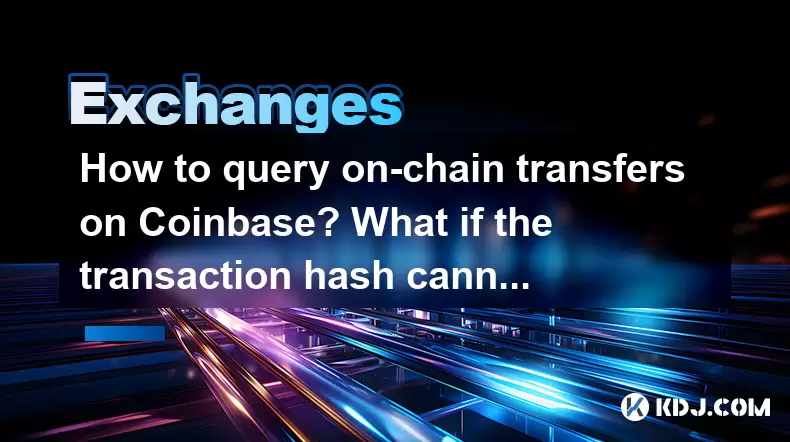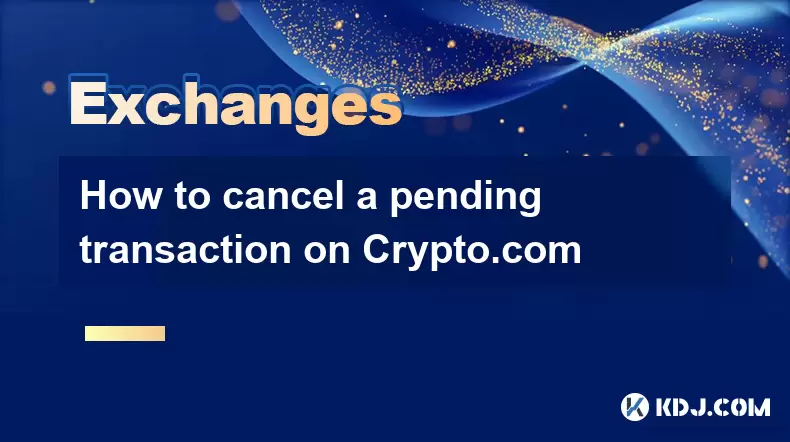-
 Bitcoin
Bitcoin $116600
0.45% -
 Ethereum
Ethereum $3902
1.46% -
 XRP
XRP $3.330
8.48% -
 Tether USDt
Tether USDt $1.000
0.02% -
 BNB
BNB $786.2
1.53% -
 Solana
Solana $176.5
2.61% -
 USDC
USDC $0.9998
0.00% -
 Dogecoin
Dogecoin $0.2219
3.89% -
 TRON
TRON $0.3390
-0.05% -
 Cardano
Cardano $0.7905
3.12% -
 Stellar
Stellar $0.4595
11.06% -
 Hyperliquid
Hyperliquid $41.14
5.28% -
 Sui
Sui $3.803
2.17% -
 Chainlink
Chainlink $19.28
11.13% -
 Bitcoin Cash
Bitcoin Cash $579.0
0.94% -
 Hedera
Hedera $0.2604
3.41% -
 Avalanche
Avalanche $23.30
2.76% -
 Ethena USDe
Ethena USDe $1.001
-0.03% -
 Litecoin
Litecoin $121.7
1.10% -
 UNUS SED LEO
UNUS SED LEO $8.983
0.36% -
 Toncoin
Toncoin $3.342
0.92% -
 Shiba Inu
Shiba Inu $0.00001287
1.98% -
 Uniswap
Uniswap $10.53
3.87% -
 Polkadot
Polkadot $3.882
2.79% -
 Dai
Dai $1.000
0.00% -
 Bitget Token
Bitget Token $4.471
1.77% -
 Cronos
Cronos $0.1517
2.88% -
 Monero
Monero $263.4
-4.80% -
 Pepe
Pepe $0.00001109
2.63% -
 Aave
Aave $282.5
2.95%
How to query on-chain transfers on Coinbase? What if the transaction hash cannot be found?
To query on-chain transfers on Coinbase, log in, navigate to transaction history, find the transaction, and use the hash in a blockchain explorer like Etherscan or Blockchain.com.
May 18, 2025 at 08:36 pm

How to Query On-Chain Transfers on Coinbase? What if the Transaction Hash Cannot Be Found?
When dealing with cryptocurrency transactions on platforms like Coinbase, it's crucial to understand how to track and verify your transfers. This article will guide you through the process of querying on-chain transfers on Coinbase and what steps to take if you encounter issues like an unfindable transaction hash.
Understanding On-Chain Transfers
On-chain transfers refer to transactions that are recorded on the blockchain. These transfers are public and can be tracked using specific tools and the transaction hash, a unique identifier for each transaction. On Coinbase, when you send or receive cryptocurrency, the transaction details, including the hash, are available for you to view and verify.
How to Query On-Chain Transfers on Coinbase
To query on-chain transfers on Coinbase, follow these detailed steps:
Log into Your Coinbase Account: Start by accessing your Coinbase account using your credentials.
Navigate to the Transaction History: Once logged in, go to the "Accounts" tab, and select the specific cryptocurrency wallet you are interested in. Click on "Transactions" to view your transaction history.
Find the Specific Transaction: Scroll through the list or use the search function to locate the transaction you want to query. Each transaction will have details like date, amount, and status.
View Transaction Details: Click on the transaction to open its details. Here, you will find the transaction hash, which is essential for querying the transaction on the blockchain.
Use a Blockchain Explorer: Copy the transaction hash and paste it into a blockchain explorer like Etherscan for Ethereum transactions or Blockchain.com for Bitcoin transactions. These explorers will show you detailed information about the transaction, including its confirmation status and the involved addresses.
What to Do If the Transaction Hash Cannot Be Found
Sometimes, you might encounter a situation where the transaction hash is not visible or available on Coinbase. Here’s what you can do in such cases:
Check Transaction Status: Ensure the transaction is complete. If it's still pending, the hash might not be available until it's fully processed.
Contact Coinbase Support: If the transaction is complete but the hash is missing, reach out to Coinbase support. Provide them with as much detail as possible, including the date and amount of the transaction.
Review Your Activity Log: Sometimes, transactions might be logged under different sections of your account. Check your activity log or other tabs to see if the transaction is listed there.
Use Alternative Transaction Identifiers: If the hash is not available, some transactions might have other identifiers that can be used to track them on the blockchain. Ask Coinbase support if there are any alternative ways to retrieve transaction details.
Troubleshooting Common Issues
When querying on-chain transfers, you might face several common issues. Here’s how to troubleshoot them:
Delayed Transaction Visibility: Sometimes, it can take a few moments for a transaction to be fully processed and visible on Coinbase. Wait for a short period and refresh the page.
Incorrect Transaction Hash: Ensure you are using the correct transaction hash. Double-check the hash before entering it into a blockchain explorer.
Blockchain Congestion: During times of high network activity, transactions might take longer to confirm. Check the blockchain explorer for any network congestion alerts.
Transaction Reversals: In rare cases, transactions might be reversed. If you notice a discrepancy, contact Coinbase support immediately.
Verifying Transaction Details on the Blockchain
Once you have the transaction hash, verifying the details on the blockchain is straightforward:
Enter the Hash into a Blockchain Explorer: As mentioned earlier, use a blockchain explorer like Etherscan or Blockchain.com. Enter the transaction hash into the search bar.
Review Transaction Details: The explorer will display detailed information about the transaction, including the sender and recipient addresses, the amount transferred, and the number of confirmations.
Check for Confirmations: Ensure the transaction has enough confirmations to be considered secure. The number of required confirmations can vary depending on the cryptocurrency.
Verify Addresses: Double-check that the addresses involved in the transaction match the ones you expected. This helps confirm that the transaction was sent to the correct recipient.
Ensuring Transaction Security
When querying and verifying on-chain transfers, it's essential to ensure the security of your transactions:
Use Secure Connections: Always use a secure internet connection when accessing Coinbase and blockchain explorers to prevent data interception.
Enable Two-Factor Authentication (2FA): On Coinbase, enable 2FA to add an extra layer of security to your account.
Keep Software Updated: Ensure your devices and the Coinbase app are up to date to protect against vulnerabilities.
Monitor Your Accounts Regularly: Regularly check your transaction history and account balances to quickly identify any unauthorized or suspicious activity.
Frequently Asked Questions
Q: Can I query on-chain transfers from Coinbase without a transaction hash?
A: It's challenging to query on-chain transfers without a transaction hash. If you cannot find the hash, contact Coinbase support for alternative identifiers or assistance in locating the transaction.
Q: How long does it take for a transaction to appear on the blockchain?
A: The time it takes for a transaction to appear on the blockchain can vary depending on network congestion and the specific cryptocurrency. Generally, it can take anywhere from a few minutes to several hours.
Q: What should I do if I suspect a transaction on Coinbase is fraudulent?
A: If you suspect a transaction is fraudulent, immediately contact Coinbase support. Provide them with all relevant details, including the transaction in question, and follow their guidance on securing your account and addressing the issue.
Q: Can I use third-party services to track my Coinbase transactions?
A: Yes, you can use third-party blockchain explorers to track your Coinbase transactions. Services like Etherscan for Ethereum or Blockchain.com for Bitcoin are reliable options. Always ensure you're using reputable services to avoid potential scams.
Disclaimer:info@kdj.com
The information provided is not trading advice. kdj.com does not assume any responsibility for any investments made based on the information provided in this article. Cryptocurrencies are highly volatile and it is highly recommended that you invest with caution after thorough research!
If you believe that the content used on this website infringes your copyright, please contact us immediately (info@kdj.com) and we will delete it promptly.
- Bitcoin in 2025: The Impossibility of Ownership?
- 2025-08-08 20:30:12
- ZORA's Ascent: Trading Volume Surges, Price Targets in Sight
- 2025-08-08 20:30:12
- Solana, Rollblock, and Crypto Gaming: Charting the Trends in 2025
- 2025-08-08 19:50:11
- BlockchainFX: The Crypto Presale Investors Can't Ignore
- 2025-08-08 19:10:12
- Pump.fun, Memecoins, Glass Full: Solana's Launchpad Wars Heat Up!
- 2025-08-08 18:50:12
- Crypto Market Heats Up: Altcoin Spree Drives Market Cap to $3.87T
- 2025-08-08 19:05:02
Related knowledge

How to use margin trading on Poloniex
Aug 08,2025 at 09:50am
Understanding Margin Trading on Poloniex

How to use advanced trading on Gemini
Aug 08,2025 at 04:07am
Understanding Advanced Trading on GeminiAdvanced trading on Gemini refers to a suite of tools and order types designed for experienced traders who wan...

How to get my API keys from KuCoin
Aug 08,2025 at 06:50pm
Understanding API Keys on KuCoinAPI keys are essential tools for users who want to interact with KuCoin's trading platform programmatically. These key...

How to deposit USD on Bitstamp
Aug 07,2025 at 05:18pm
Understanding Bitstamp and USD DepositsBitstamp is one of the longest-standing cryptocurrency exchanges in the industry, offering users the ability to...

How to use the Kraken Pro interface
Aug 08,2025 at 09:57am
Understanding the Kraken Pro Interface LayoutThe Kraken Pro interface is designed for both novice and experienced traders seeking a streamlined experi...

How to cancel a pending transaction on Crypto.com
Aug 08,2025 at 08:42pm
Understanding Pending Transactions on Crypto.comWhen using Crypto.com, a pending transaction refers to a transfer of cryptocurrency that has been init...

How to use margin trading on Poloniex
Aug 08,2025 at 09:50am
Understanding Margin Trading on Poloniex

How to use advanced trading on Gemini
Aug 08,2025 at 04:07am
Understanding Advanced Trading on GeminiAdvanced trading on Gemini refers to a suite of tools and order types designed for experienced traders who wan...

How to get my API keys from KuCoin
Aug 08,2025 at 06:50pm
Understanding API Keys on KuCoinAPI keys are essential tools for users who want to interact with KuCoin's trading platform programmatically. These key...

How to deposit USD on Bitstamp
Aug 07,2025 at 05:18pm
Understanding Bitstamp and USD DepositsBitstamp is one of the longest-standing cryptocurrency exchanges in the industry, offering users the ability to...

How to use the Kraken Pro interface
Aug 08,2025 at 09:57am
Understanding the Kraken Pro Interface LayoutThe Kraken Pro interface is designed for both novice and experienced traders seeking a streamlined experi...

How to cancel a pending transaction on Crypto.com
Aug 08,2025 at 08:42pm
Understanding Pending Transactions on Crypto.comWhen using Crypto.com, a pending transaction refers to a transfer of cryptocurrency that has been init...
See all articles

























































































